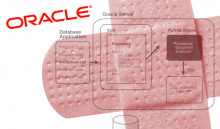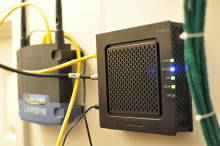PeopleSoft Vulnerabilities Elevate ERP Security Issues
Enterprise resource planning systems are the unexplored continent of vulnerability research, in spite of the fact that these massive, critical business systems support the inner workings of many large corporations and IT organizations.
A recent run of bugs in SAP, and a presentation at this week’s Hack in the Box conference in Amsterdam, however, could turn the tide and open some eyes to ERP security issues.













































































